Y Peeler Or Swivel Peeler Which Peeler Do I Need?

Y Peeler Or Swivel Peeler, Which Peeler Do I Need?
A peeler is a peeler, right?
Whether you call it a vegetable peeler, potato peeler, kitchen peeler....it doesn't really matter. It's just an essential utensil for every kitchen to have.
And they're all much of a muchness, yes?
Actually, no!
Having the right peeler for the right fruit or vegetable makes peeling so much easier!
Compare the difference in skin depth and texture of an orange, an apple, a potato or a turnip.
You have several knives in your kitchen for different cutting jobs, don't you?
But then you expect your peeler to just peel absolutely everything without complaint!
No wonder so many people hate peeling because their hands are sore. If only they knew what a difference having the right peeler for each job can make!
Most people end up having several peelers in their kitchen drawers.
Not because they've worked out that they need different peelers for different jobs, but because they keep buying new peelers in the hope that the latest peeler will be the ultimate peeler that can peel EVERYTHING!
Just like you wouldn't use a bread knife on cheese, or a cheese knife on steak, you can't expect one peeler to do a great job on all fruit and vegetables.
So let's go through what should be the absolute essential set of peelers for you to have in your kitchen.

Y Peeler:
Unlike a straight peeler, where the blade is vertical to the handle, the Y peeler has the blade set at a horizontal angle to the handle, which gives it the 'Y' shape of it's name.
What difference does this made? First of all, because of the angle of the blade to the handle, your peeling hand remains in a vertical position, instead of at a 90 degree angle (as with a straight peeler).
You simply peel from top to bottom by placing the blade at the top of a vegetable and sliding down, taking the peel off.

This is a much more comfortable angle to peel than at a 90 degree angle. It may not seem a big deal to you right now, but when you've got to peel 15 large potatoes for a family roast, it will seem like a BIG difference then!
Secondly, peeling in a vertical top to bottom direction allows the blade edge to cut into the vegetable at a shallow level. This means a Y peeler peels off as little vegetable flesh as possible.
Using a straight peeler at a 90 degree angle means the blade edge digs in much deeper into the flesh, which means you are wasting food.

The Y peeler is designed for most standard vegetables or fruit where peeling is not difficult, such as potatoes, carrots, apples etc.
We say it's not difficult, but as explained before, when the time comes to peel more than 10 of these 'easy peel' food items, you'll be thankful you're using a Y peeler!
Straight peeler:
The straight peeler's 'weakness' in having to hold it at a 90 degree angle is actually a strength when it comes to peeling 'difficult' fruit and vegetables.
The angle allows you to put more pressure onto the blade so it can dig in to tough skin, such as a thick, waxy grapefuit, or the thin and slippery skin of a mango.

Look for straight peelers that have a swivel blade. This makes peeling difficult fruit and vegetables much easier, due to the blade naturally adapting to a particular fruit or vegetable skin to sit at the best angle for peeling.
As an extra aid, our straight peeler blade is also serrated to help you dig into the thickest or waxiest food items and peel them easily.

Julienne peeler:
This is not so much a peeler as it is a device for making garnishes and pretty salads.
They tend to be shaped like straight peelers, but the blade has 'julienne teeth'. This means that you can create strips of carrot, cucumber, zucchini etc easily, without the laborious task of thinly slicing with a knife, or using a mandolin.
As explained, it's not really a peeler, as you would use this utensil on the whole vegetable or fruit, and not for peeling off the outer skin.
Having said that, we feel it is essential in any kitchen, particularly a home with children in it who are fussy eaters.

The phrase 'we eat with our eyes' is true. Even as adults, we're first drawn to food by the way it looks, and anything that can make fruit and vegetables appetizing, especially to kids, can only be a good thing!
So there you have it! I hope you are now more clear about how different peelers have different uses. We seriously doubt there is any peeler in the world that can peel absolutely everything!
So stop the quest, and instead choose a set of robust peelers that have everything you need


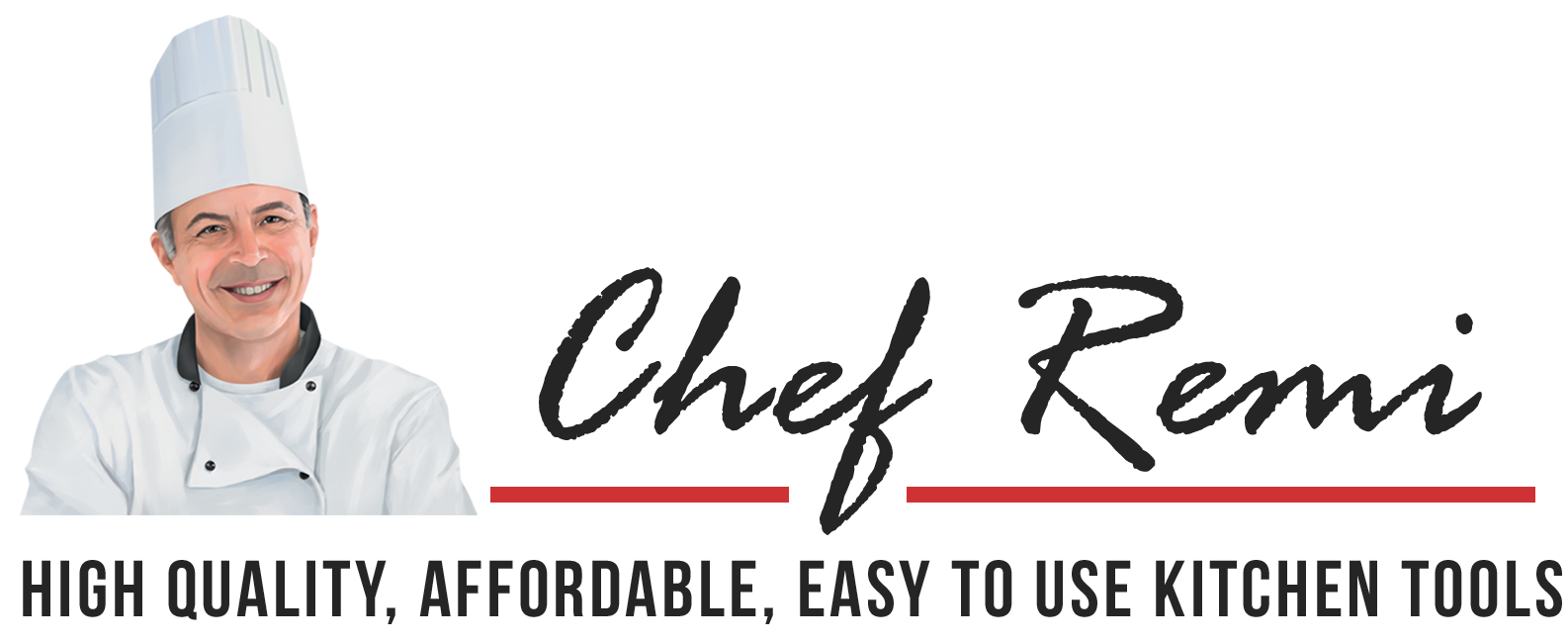


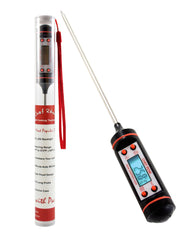
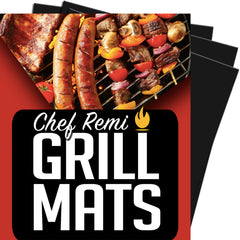
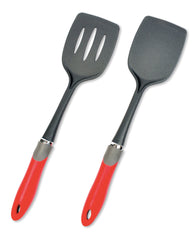
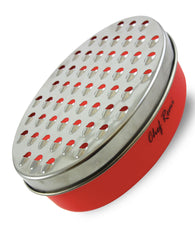
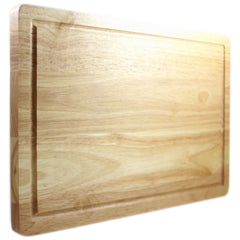
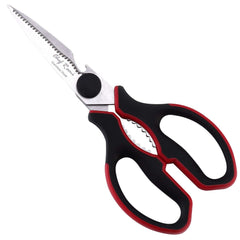
Comments
Seagull1#1
Insightful post, in my opinion. I’ve been using a basic, non-rotary peeler for just about every fruit or vegetable I would ever use… Needless to say, injuries were almost always more probable than not. I will buy some new peelers with this post in-mind next time
Britt#2
OMG! I’ve been using a straight peeler on all my potatoes and my hand always hurts every time I try to make a batch of mashed potatoes. Definitely going to have to go out and buy myself a Y peeler for my potatoes. Thanks for sharing!
Lisa G#3
What! I had no idea up until now that there are different kinds of peelers for different purposes! I’ll definitely give a try the Y peeler. I peel EVERYTHING, starting from apples and pears to carrots and potatoes.
Shelley#4
I’m so glad you have this explanation on your site. I just received my pack of 3 peelers, and I was wondering how to use them. (The package says “swivel peeler”, but it’s apparently the Y peeler.)
Now I can try them with a little more knowledge and understanding.